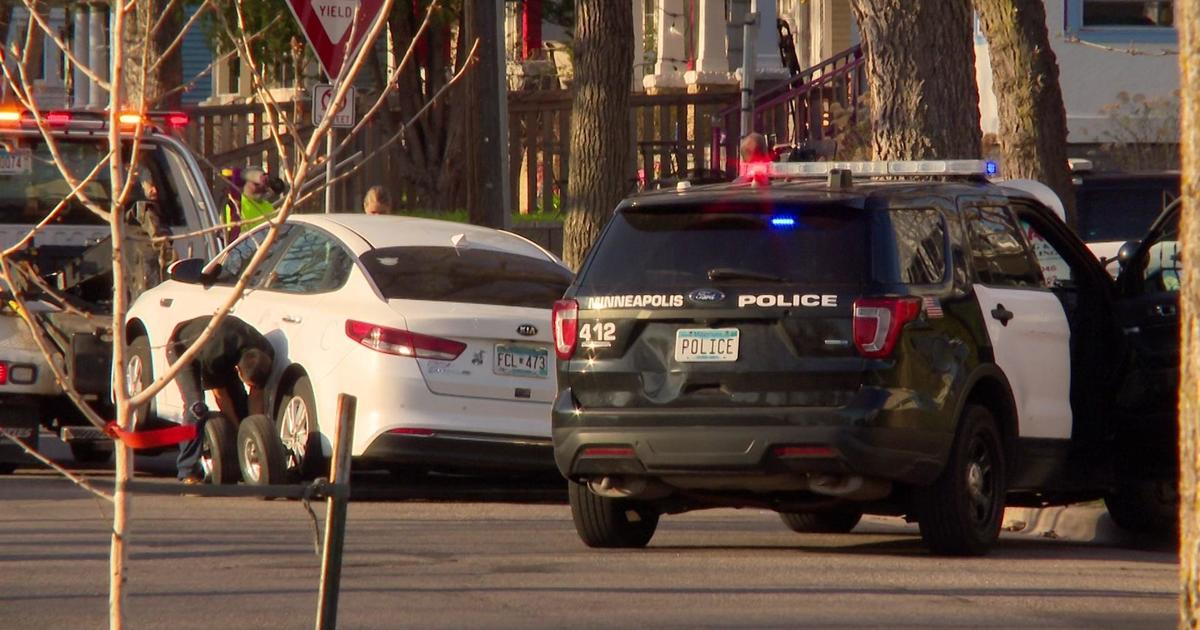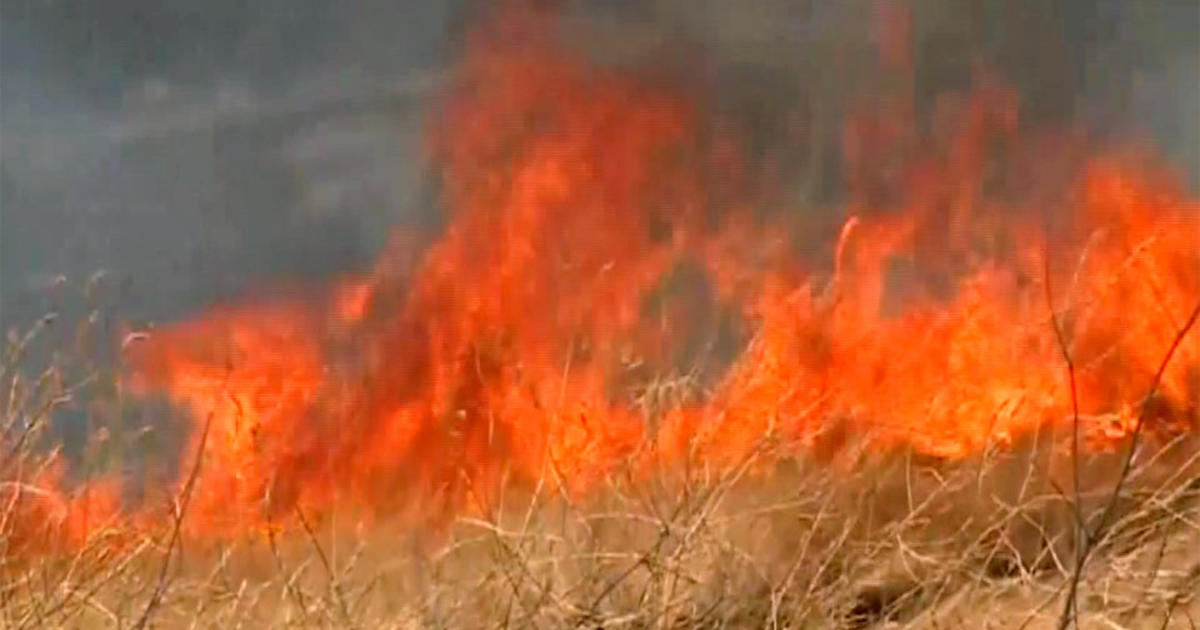Minneapolis Fighting The Spread Of Emerald Ash Borer
MINNEAPOLIS (WCCO) -- A century old ash tree is making its final stand along Buchanan Street in Northeast Minneapolis. Its early demise is symbolic of the fight to slow the spread of emerald ash borer.
"It's something we expected to find and were expecting to find more of it in the future," explains city forester Ralph Sievert.
It was just last spring when the deadly disease was discovered in the Prospect Park neighborhood along University Avenue SE and Bedford Street. Now, less than one year and a half-mile, across the Mississippi River near 27th and West River Parkway, five more ash trees were found infected. At least 18 more are suspected of being diseased and will also be cut down.
Sievert says there are things homeowners can be on alert for in ash trees that may signal trouble.
"The main thing you look for is woodpecker damage, where the woodpecker flecked off the bark. But you have to have enough larvae in the tree before the woodpecker starts to do that," said Sievert.
The emerald ash borer beetle bores into the tree and travels around just beneath the bark. Once that bark is peeled away, the beetle's tunnels are easy to see. Trees along the parkway that will be coming down are marked with green spray painted dots on their trunks.
Even though the ash trees may appear to be healthy and ready to bud, they'll soon be sacrificed in order to slow the spread of the disease. The state's strategy for minimizing damage is to remove diseased and suspect trees quickly.
"I think we've already slowed down the spread, but look what happened here in the last two years compared to what's happened elsewhere in the country. It's much slower progressing that what we've seen elsewhere," explains Mark Abrahamson.
He's the state's point man in the battle and heads up efforts for the Minnesota Department of Agriculture. Abrahamson believes it was only a matter of time before the beetle made its way west.
Trees that were recently marked with the green paint will be removed by May first.
"So, the idea is to destroy the beetles before they can emerge and infect new trees. What we're doing is slowing the population growth and the spread of the beetle," said Abrahamson.
Beginning next week, the state will step up surveillance. Forty-five hundred purple insect traps will go up in over 20 Minnesota counties. The monitoring helps confirm areas where trees are most at risk.
State and local foresters know the beetle can't be stopped, however they are confident that it can be dramatically slowed.
Cities like New Hope are playing a part by helping residents replace boulevard ash trees with other varieties. The cost of the newly planted tree is shared equally. In Minneapolis, forestry crews will remove "defective and declining" ash trees at the homeowner's request. It's a pre-emptive strike to help what is sure to become a much larger fight in the near future.
"So, we've offered to homeowners that if you have a boulevard ash tree and want to let us know, we're willing to see and go get a new tree. We'll do that," said Sievert.



